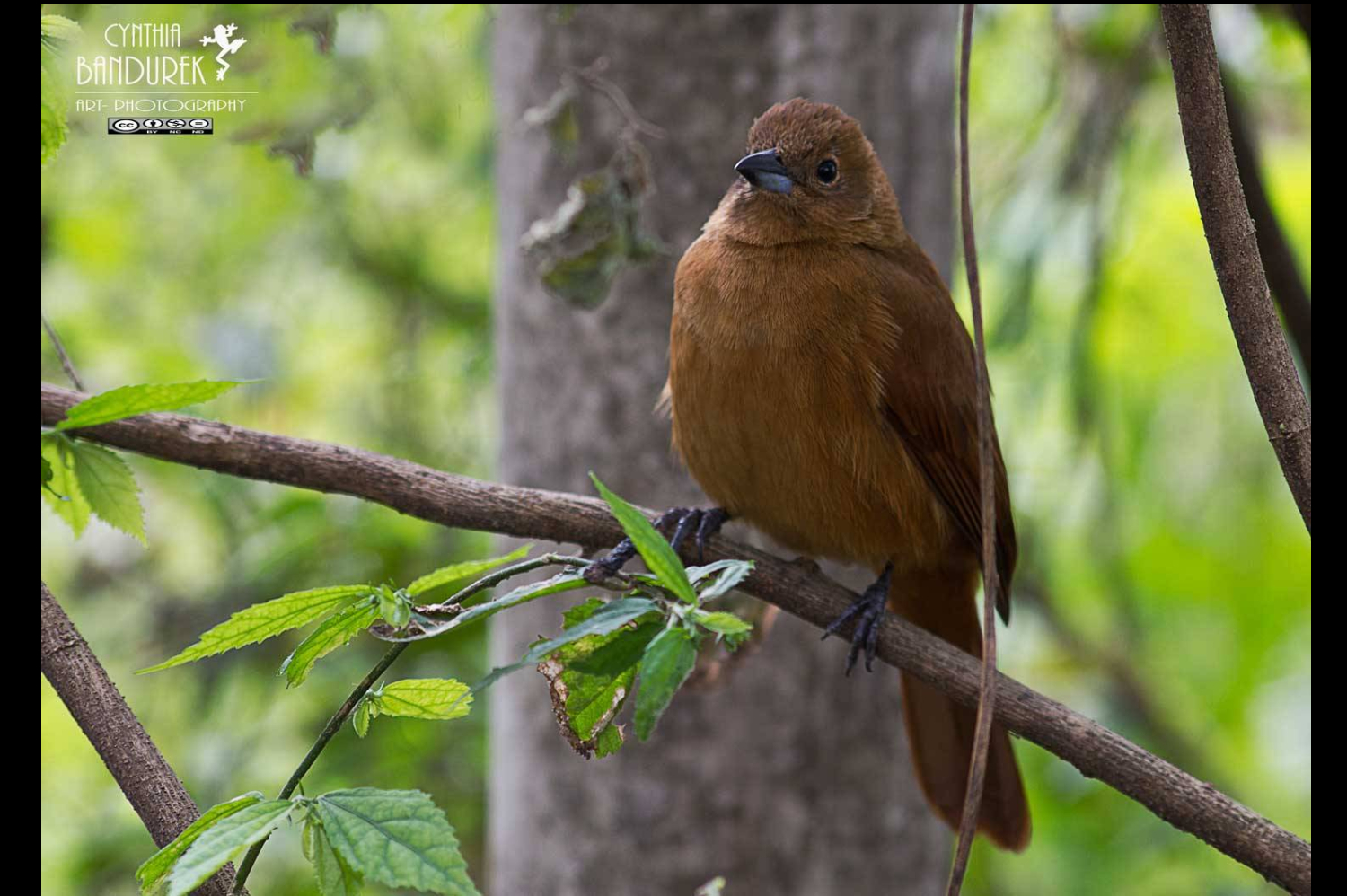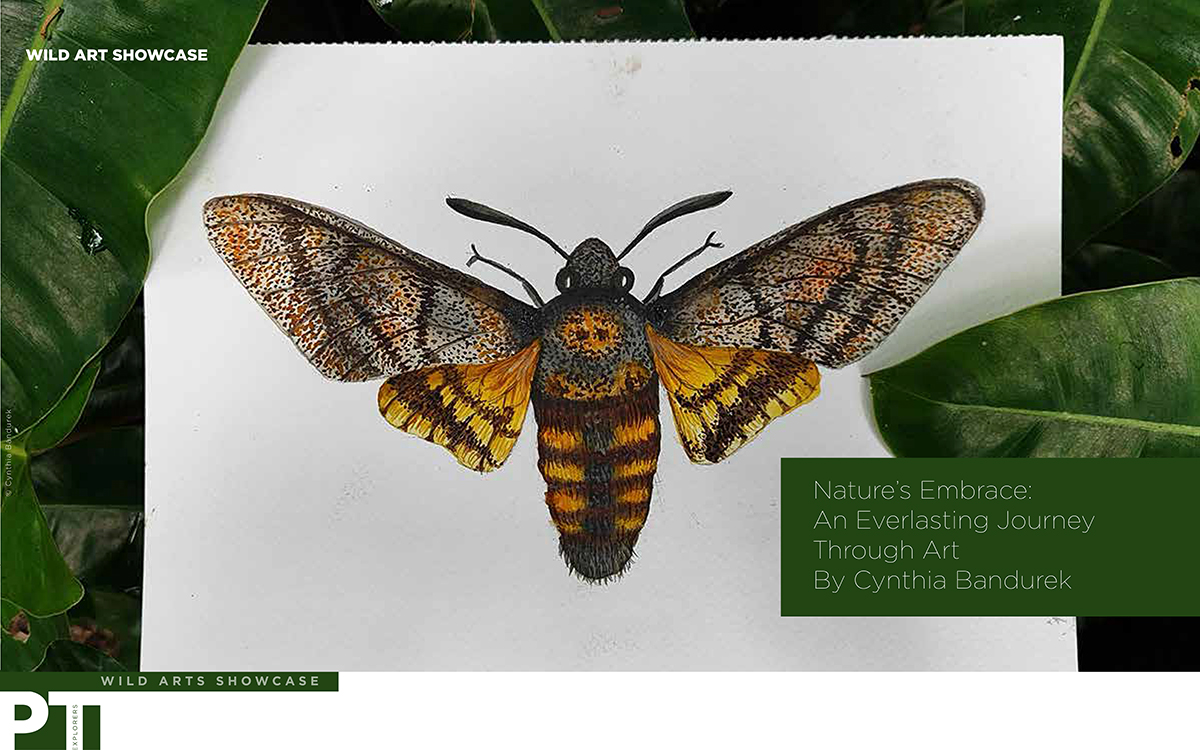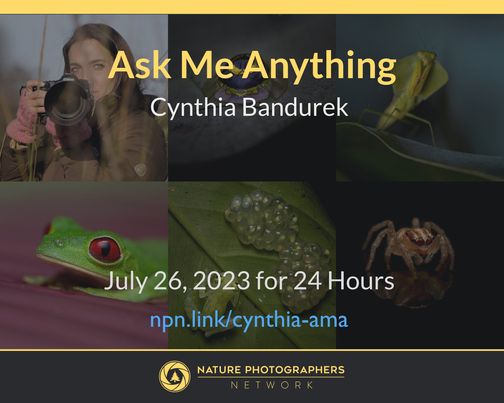CYNTHIA BANDUREK
My life, a passion
Cynthia Bandurek develops his life with passion and immersed in the art, science and aesthetics, with nature as a nexus of union. Through his photographs, Cynthia seeks to enjoy the privilege to closely observe the natural world but also trying to raise consciousness about what is hidden beyond the cement of the cities…
How did your passion for wildlife start?
My admiration and passion for nature is innate in me. From an early age I was attracted by animals and plants. My interest in conservation was too very early. I remember asking my parents to buy me books about ecology while still in infant school. As I acquired more knowledge it fascinated me, my biggest concern was for the damage done by human nature. When I finished high school I decided to study Ecology and Environment. After this I also studied field naturalist.
How did you start your love of photography of the natural world?
Being in the career field naturalist, part of the agenda were workshops where students were doing field biology practices. At that point I bought a small camera and began my love and passion for photography. Later I acquired a more professional camera and got better results. Being self-taught I got more and more interested in the subject and studied the theory of photography. Since that day I could not leave my camera and it has become part of my life.
What equipment do you usually use?
Right now I have a Canon T2i, Canon macro lens 100 mm, a Canon 18-55mm lens, and a Sigma 70-300mm. Also extension tubes and close-up lenses. Canon Flash 430
What attracts you most in nature photography?
Everything attracts me, to get in the field looking for a reason to photograph, create with the camera whenever possible, and to show what many do not stop to look at and to use nature photography as a tool for conservation. I like to photograph nature in general, although I prefer the small world of macro photography.
Are there any species or group of birds that you particularly like?
My favorite birds are raptors and owls and barn owls in particular.
Tell us something about birds that appear in this report.
These photos were taken in different places, such as national parks, urban reserves, gardens of Buenos Aires and other provinces of Argentina.
How does your scientific work at the Argentine Museum of Natural Sciences “Bernardino Rivadavia” in view of nature?
The Museum of Natural Science has allowed me to add more knowledge about nature, and also taught me how to transmit knowledge in a way that can be accessible to the general public, especially children. It also allowed me to work in Environmental Education, a museum project which was developed in the province of Corrientes, Corrientes Biological Station (Ebco), where we have worked in the Design and Implementation Paths Interpretation and Environmental Education in Schools rural.
Besides your professional activity, Do you collaborate with any conservation project or study?
For 6 years I collaborated with a project of the National Parks Administration Strict Nature Reserve Otamendi in the Province of Buenos Aires on Amphibian Monitoring.
I also worked a few years ago on another project of the National Parks Administration in El Palmar National Park, in the province of Entre Rios, on population dynamics of Butia yatay (Palmera yatay), dedicated to the study of juvenile mortality and incidence exotic species such as wild boar in its development.
Along with photography you also are a nature artist, do you do this professionaly? And where can we see your work?
Nature is part of my life as a whole. So also my art is impregnated with it. At this point in time I have no works on display, but they can be seen on the website:
The works are for sale.
What message are you trying to convey through your paintings and your photographs?
I think the message is about showing people a part of the world that many do not stop to see because it is out of rhythm and the interests of everyday life in the cities. Many people do not appreciate what they do not know, they never look past the cement of the cities and do not know the impact that humans have on the environment. I think education is best, and showing it in pictures I think is a good way to raise awareness.
What do you consider essential premises for the practice of nature photography and what advice would you give to those who want to learn this art?
Respect and patience. I think the main thing is the respect for nature. More important than getting a good shot is to respect and cause no damage to the natural environment. Unfortunately I have known people who break this rule. A prerequisite for this type of photography is patience.
Having the privilege of visiting the natural world and be sensitive enough to capture it puts us in the position of having to do something to preserve it. Stop being something that simply is just for fun, and to become in some way, something we agree with the Conservation and with the important task of raising awareness.








Leave A Comment